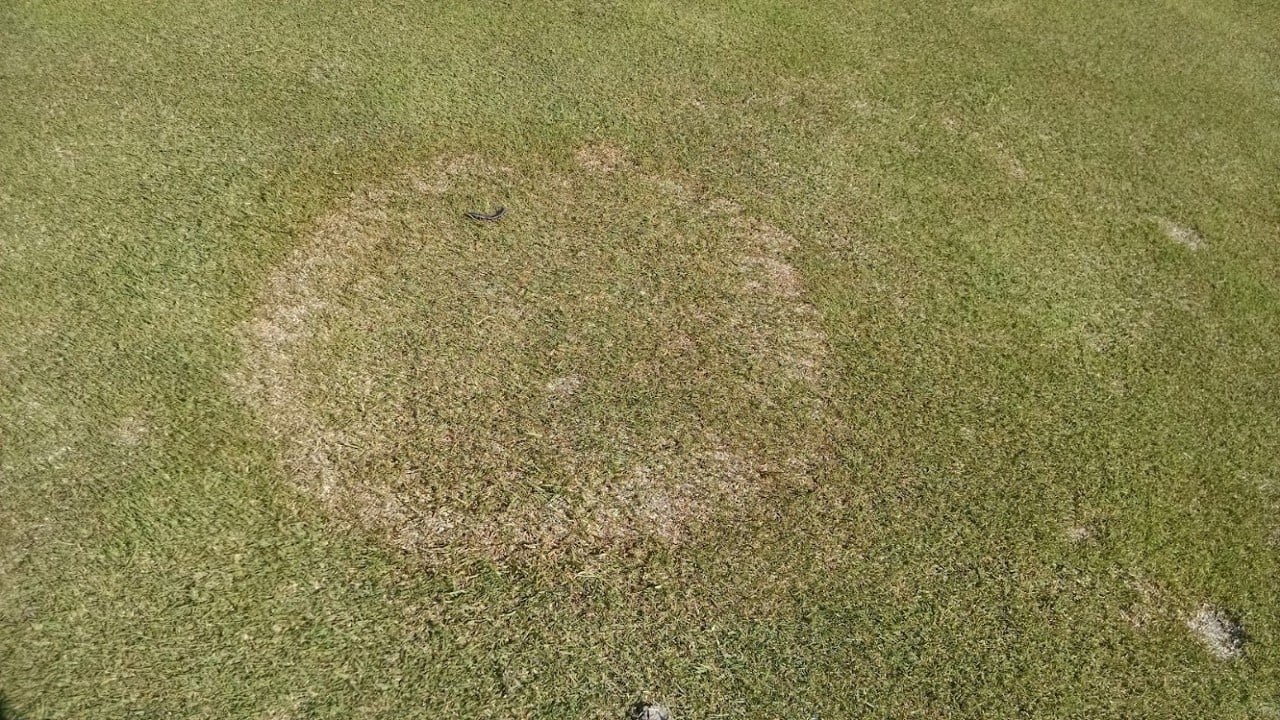Not unlike all other triangles, the disease triangle model consists of three sides—the susceptible host, the pathogen, and favorable environmental conditions.
- The susceptible host is a plant that is inherently susceptible to a particular pathogen. Genetics play a large role in determining which plants are more likely to be affected by particular pathogens.
- The pathogen in most cases is a fungi or fungal pathogen. They are said to be ubiquitous, meaning that they are everywhere.
- Favorable environmental conditions are the weather patterns like excess rain, high overnight temperatures with high humidity, or overcast skies leading to prolonged leaf wetness.


All three factors must come together before there is potential infection. A fourth factor added more recently is time. Pathogenic infection doesn’t automatically occur when the first three factors come together. Certain diseases take 24 to 72 hours to get fired up. This concept becomes an important tool when diagnosing diseases, because without any of the first three, disease cannot occur.
Gray leaf spot is a good example. The primary hosts include tall fescue perennial ryegrass and St. Augustinegrass. Many other species are more resistant and will not be infected by this pathogen. This means the triangle has been broken and the disease can be essentially ruled out when resistant species are involved.
Likewise with weather conditions—when weather patterns are cool and dry, pythium is generally not a concern. Again, this concept can be used for a number of different scenarios.
Knowing these facts and keeping in mind the factors that lead to disease development can help you begin to put some cultural management practices in place.
There are several ideas, including resistant plant materials, improving soil drainage, reducing overhead irrigation, or managing leaf wetness and dew. Other aspects include reducing plant stress, relieving soil compaction, and monitoring soil nutrient loads (fertility). Some diseases thrive in high-fertility scenarios, whereas others can be more of an issue in low-fertility conditions.
There are times when selecting a resistant species is more difficult. Putting greens come to mind. Most creeping bentgrasses tend to be susceptible to many diseases, and the tough conditions that they are expected to grow under further increases their susceptibility.
While some newer cultivars can be more disease- and stress-resistant, there really are no species alternatives in the northern part of the country. Golf Course Superintendents must use a multi-faceted approach to managing diseases, including several of the previously mentioned steps along with monitoring weather patterns and a judicious use of fungicides. Let me know if you have questions.
Lean on Us for Turf-care Solutions
Ewing’s Tech Team, myself and Pat Gross, are here to any turf-care questions you have. Feel free to email me at klewis@ewingirrigation.com or call/text 480-669-8791 and email Pat at pgross@ewingirrigation.com or call/text 714-321-6101




